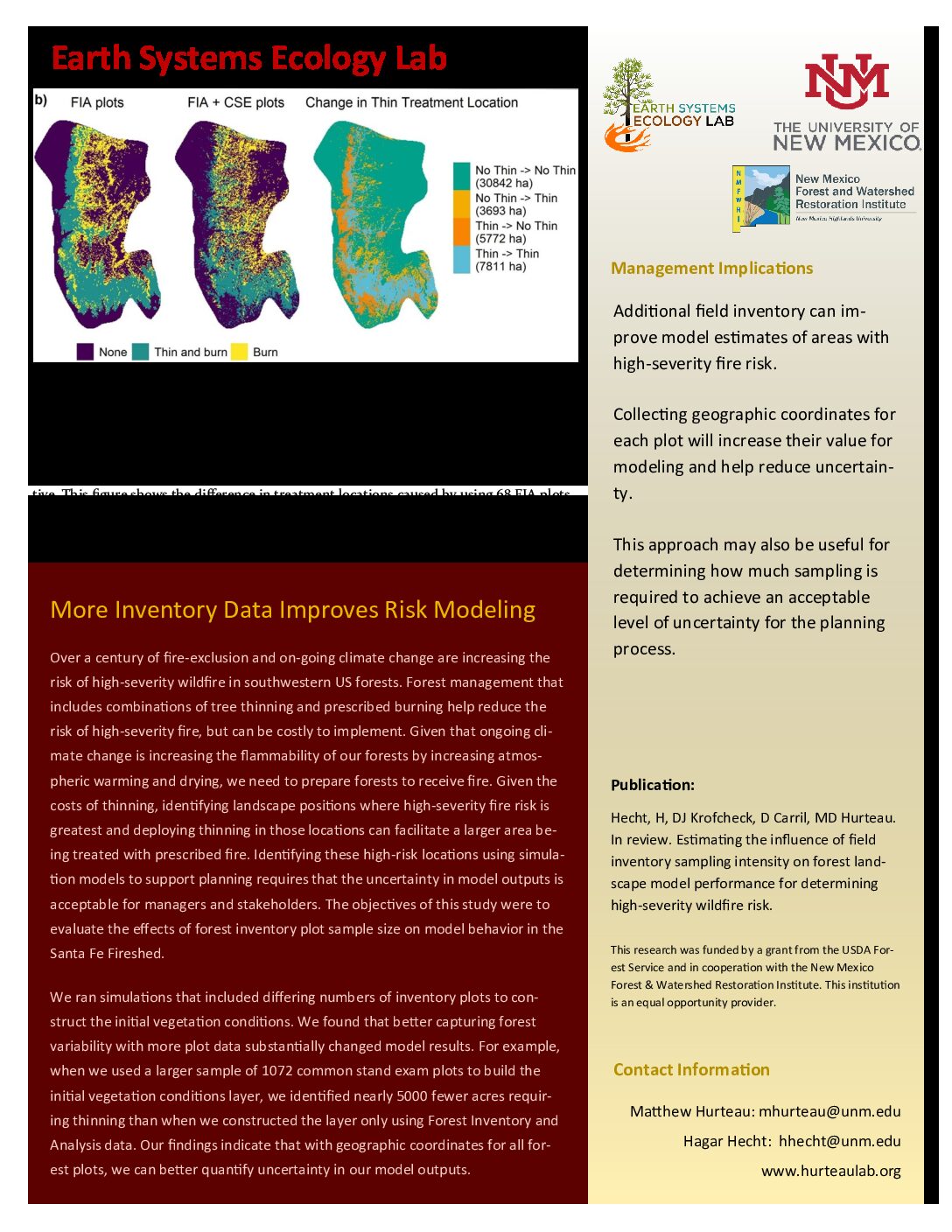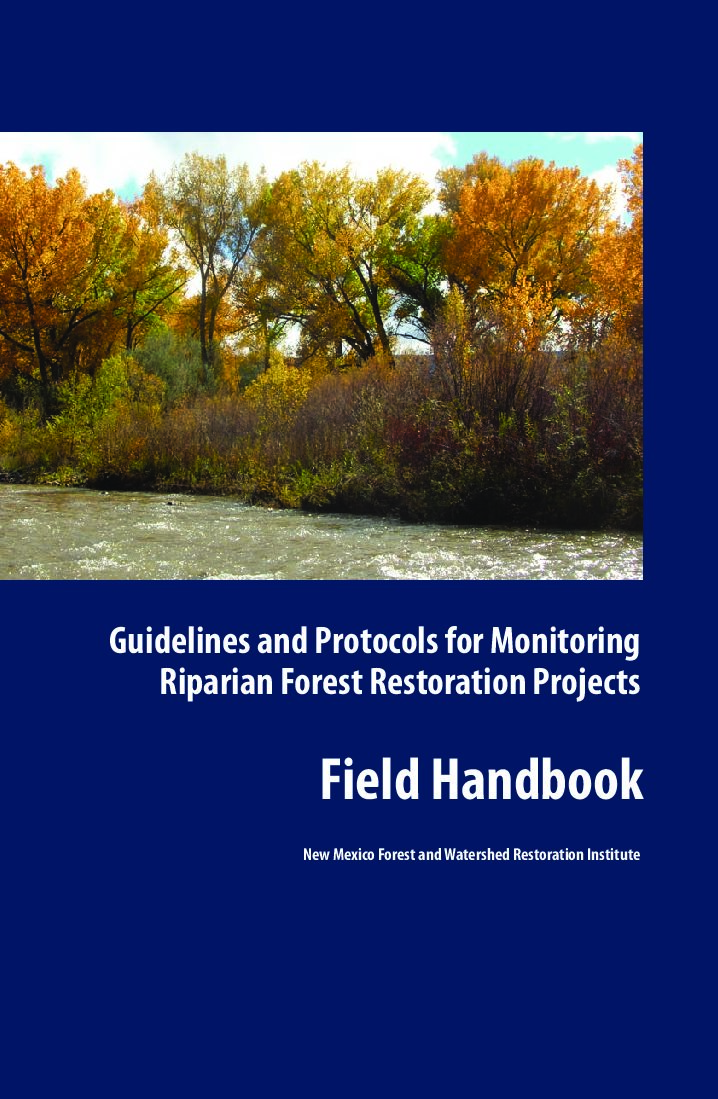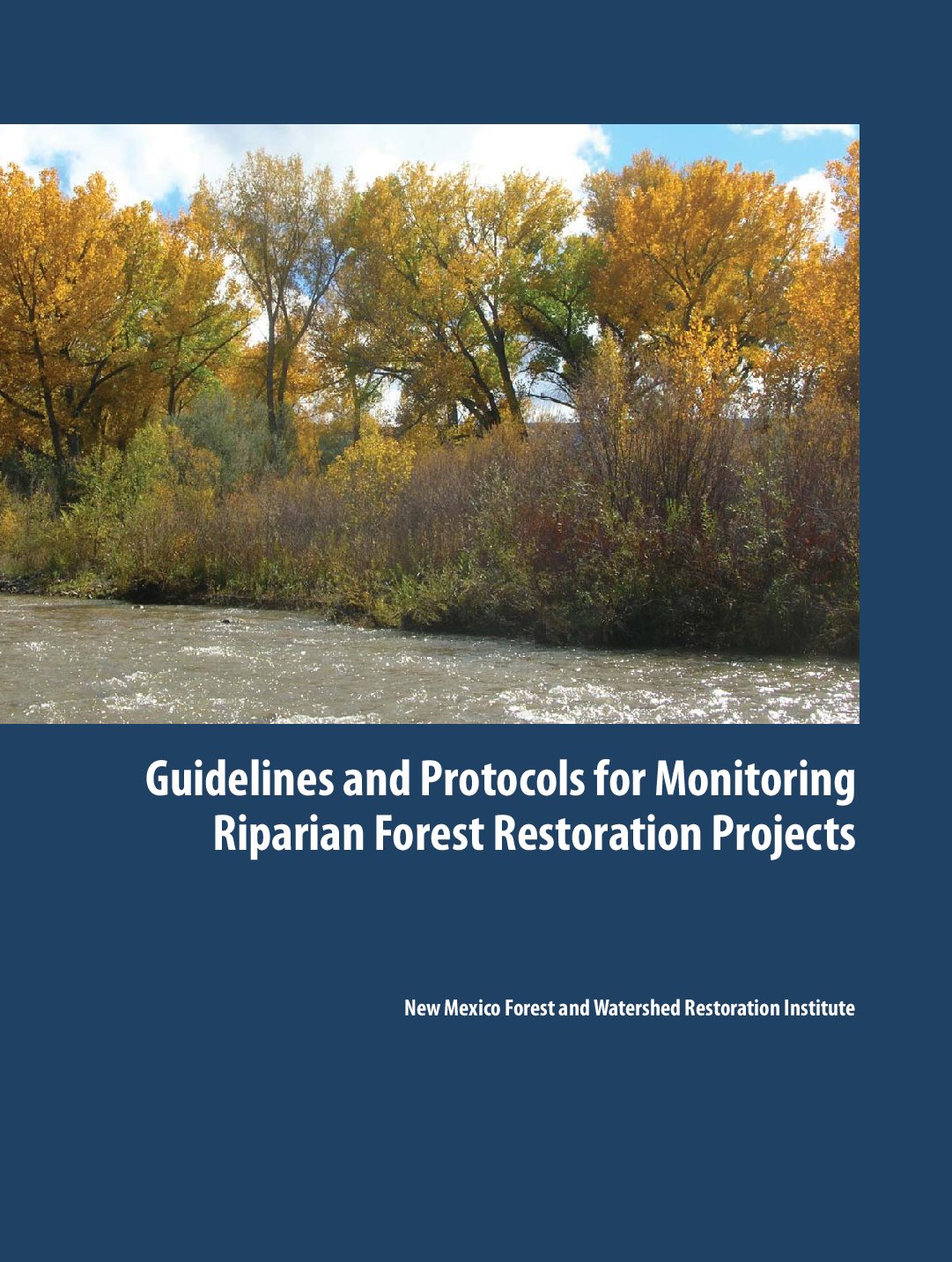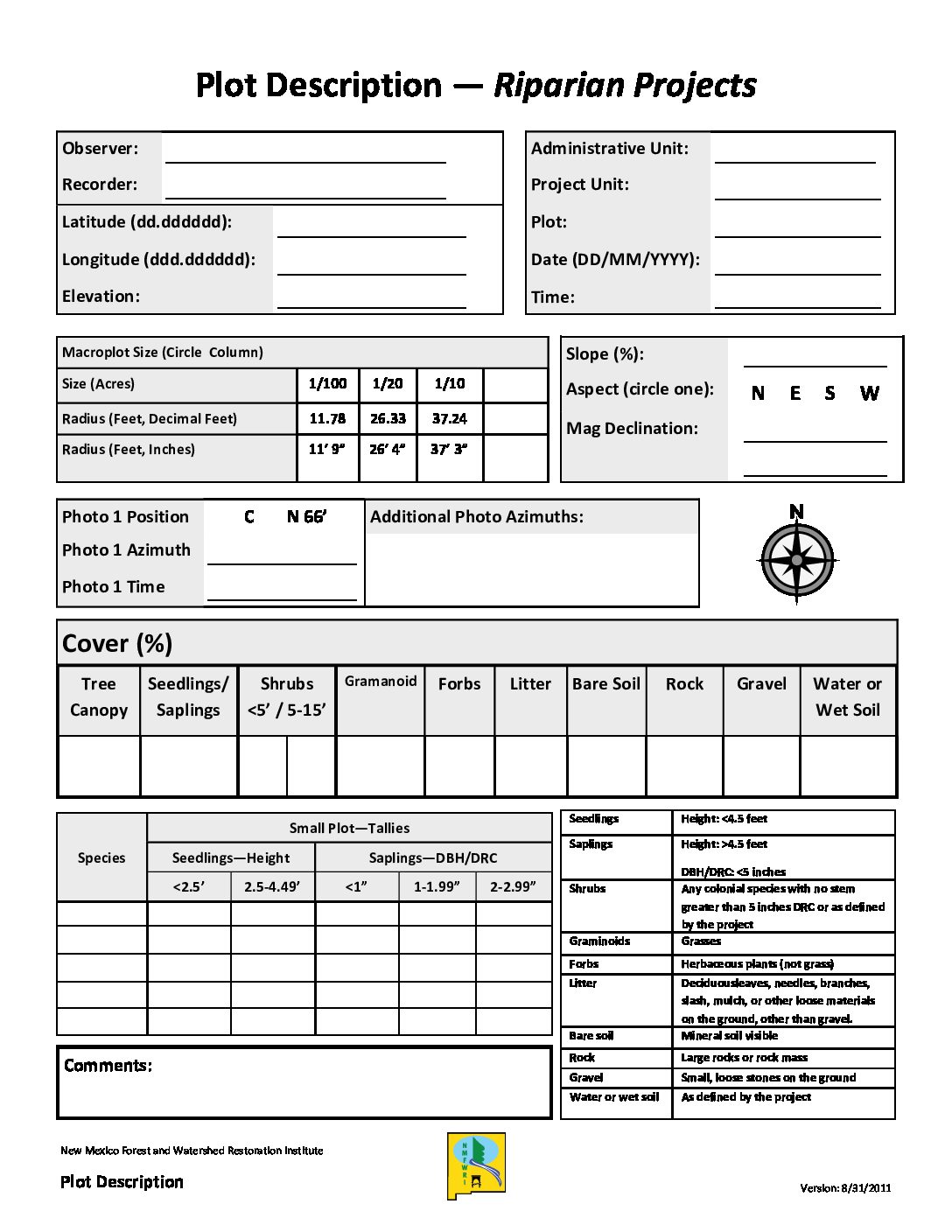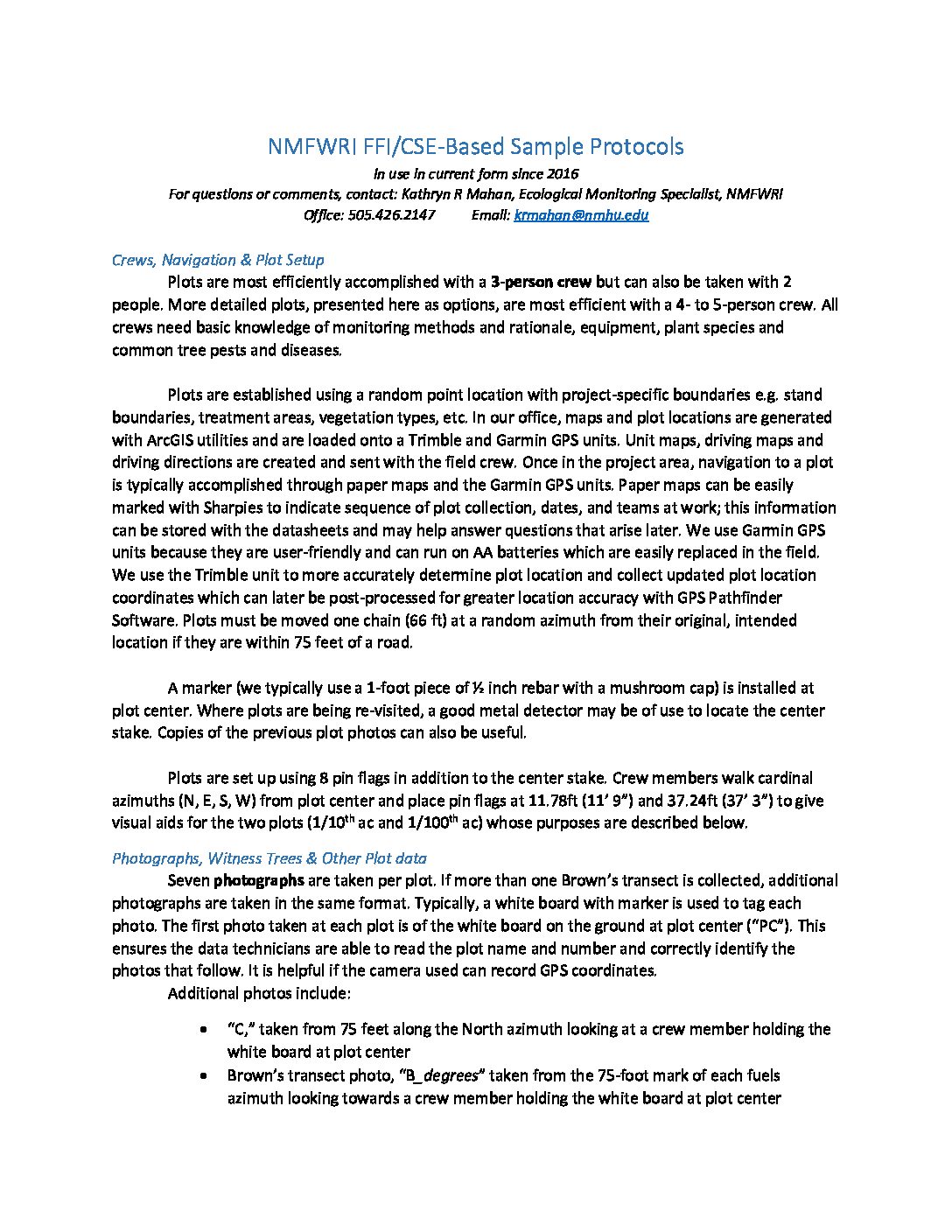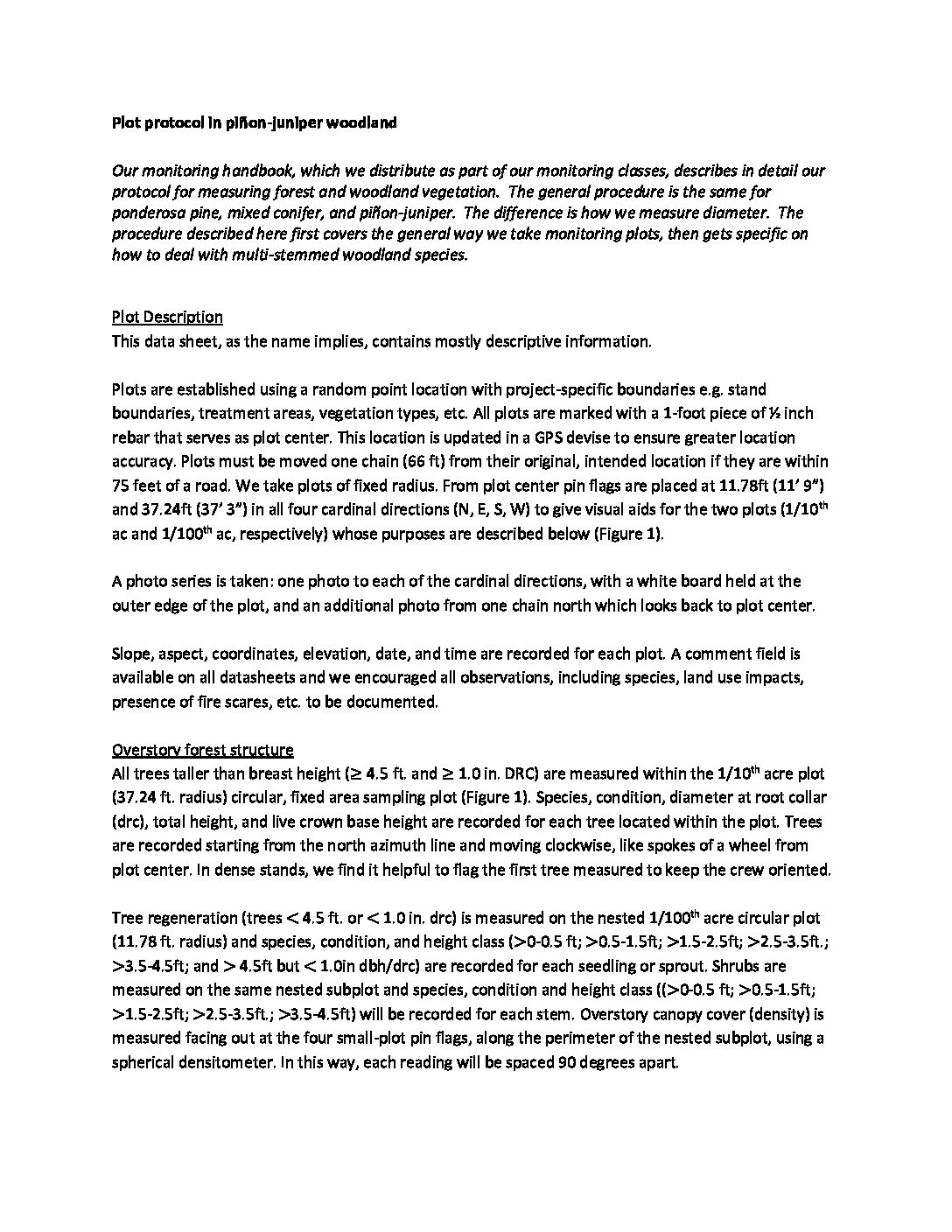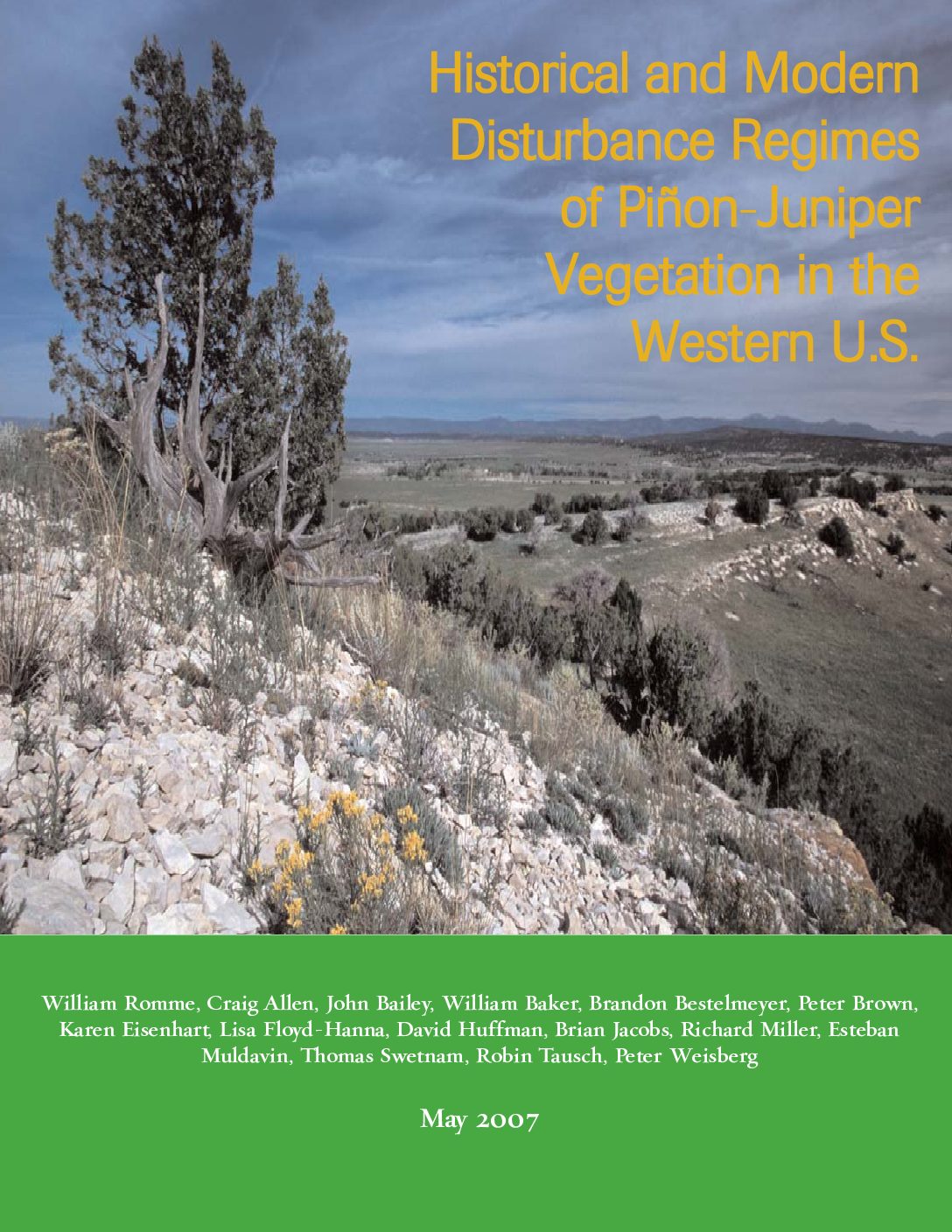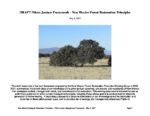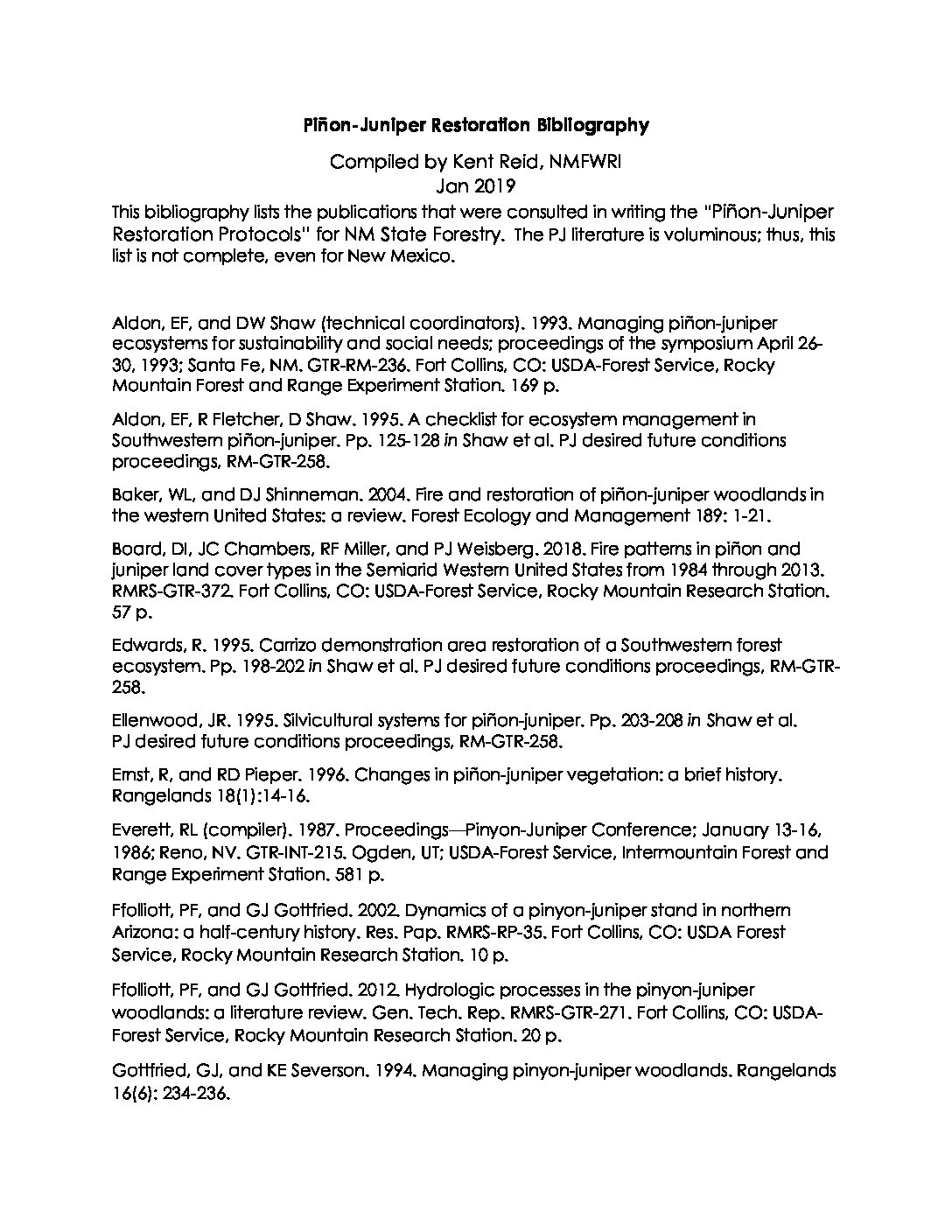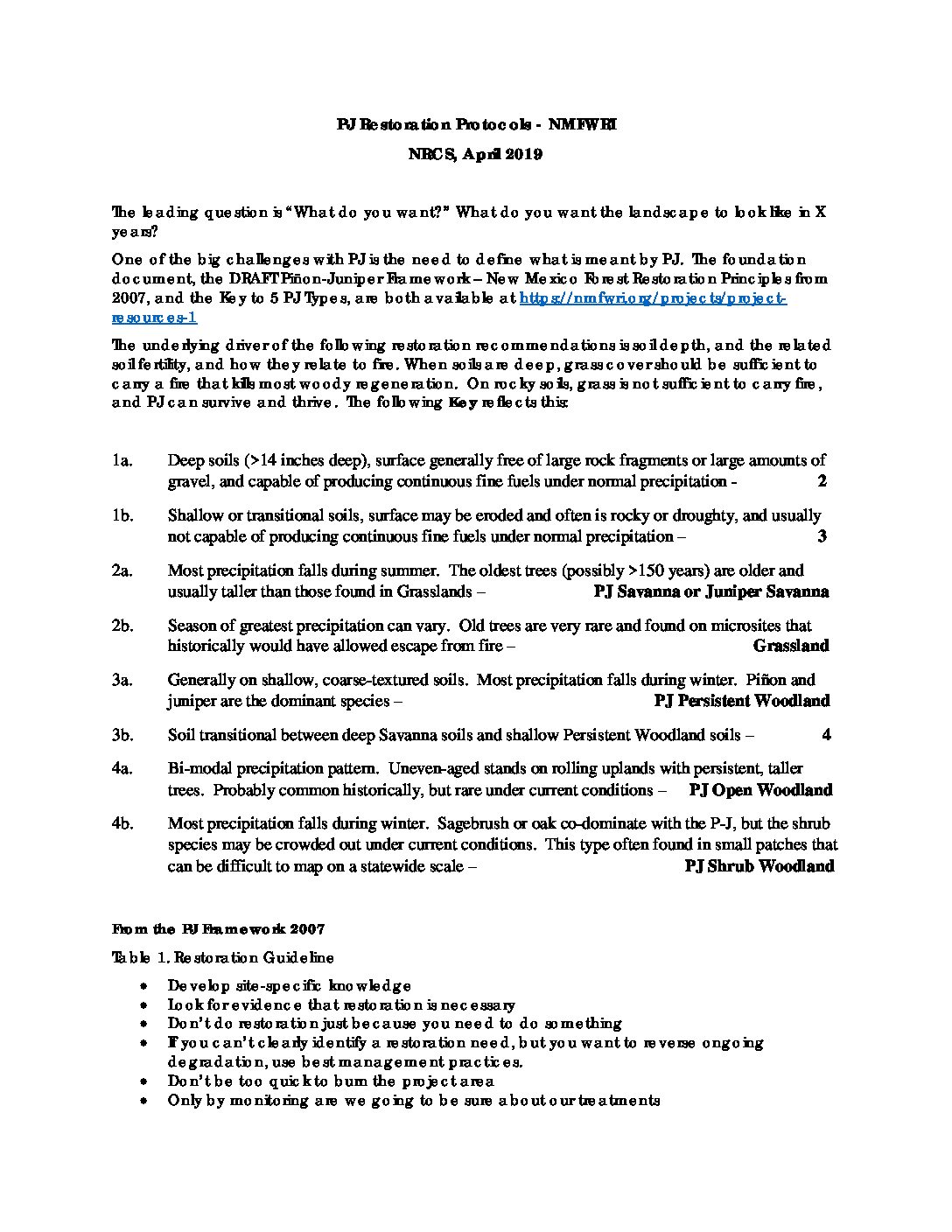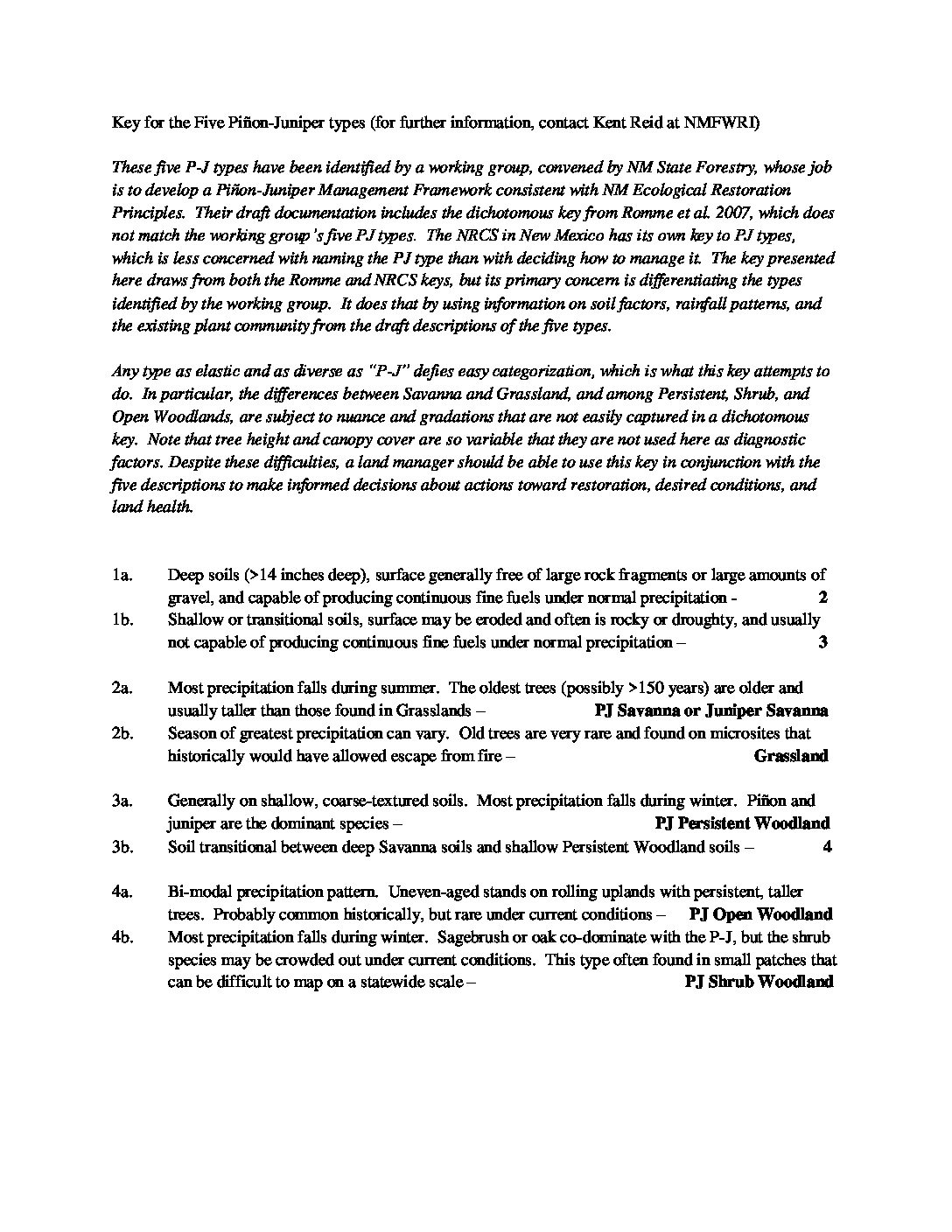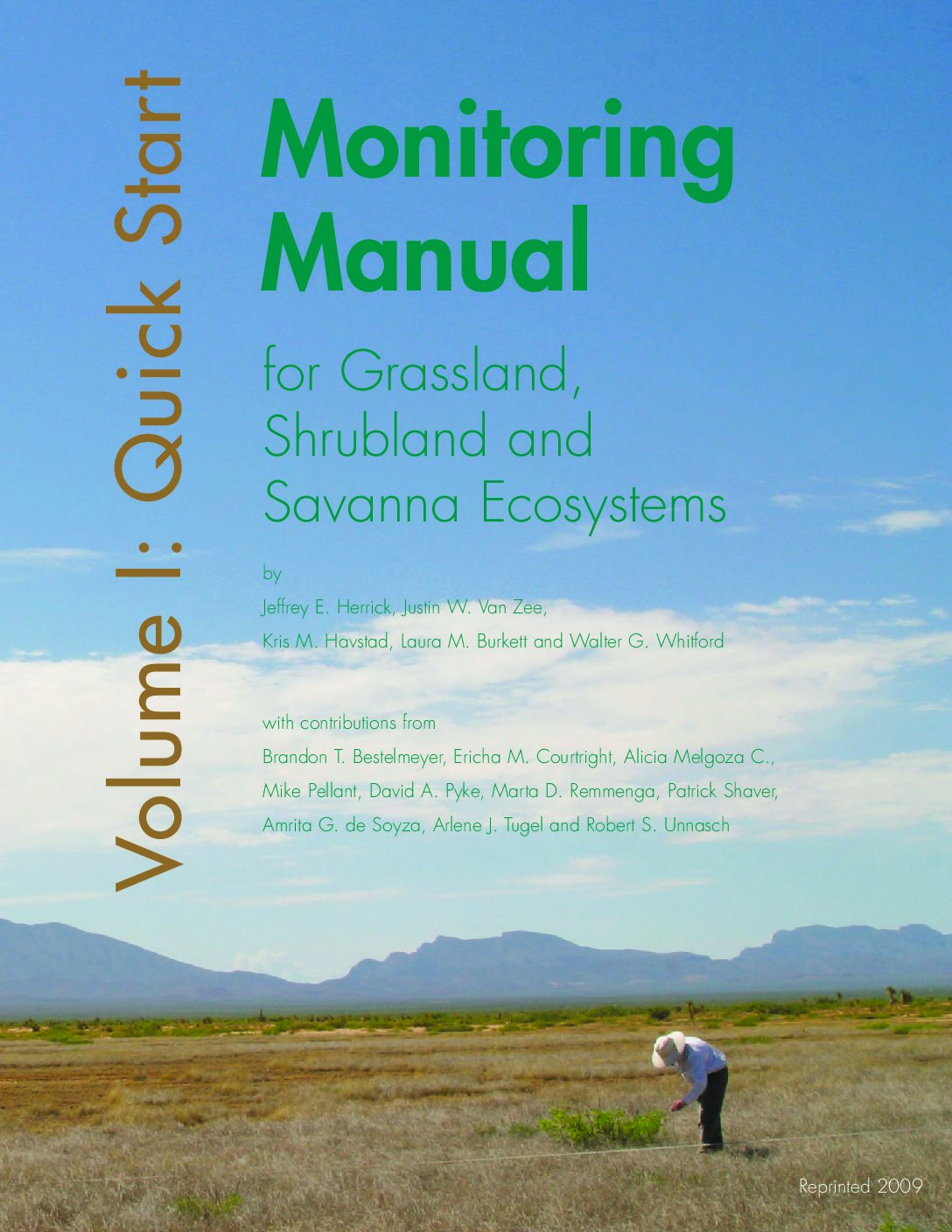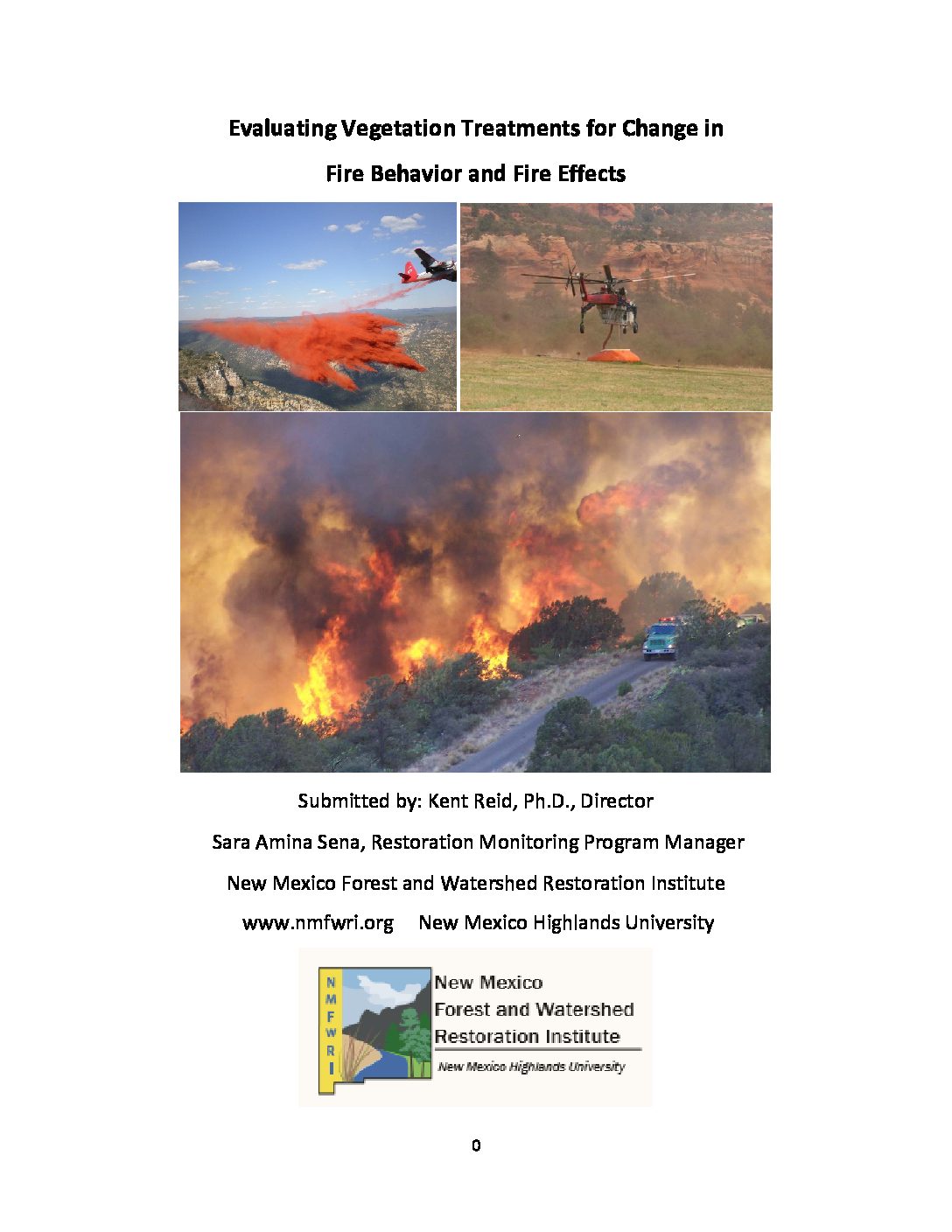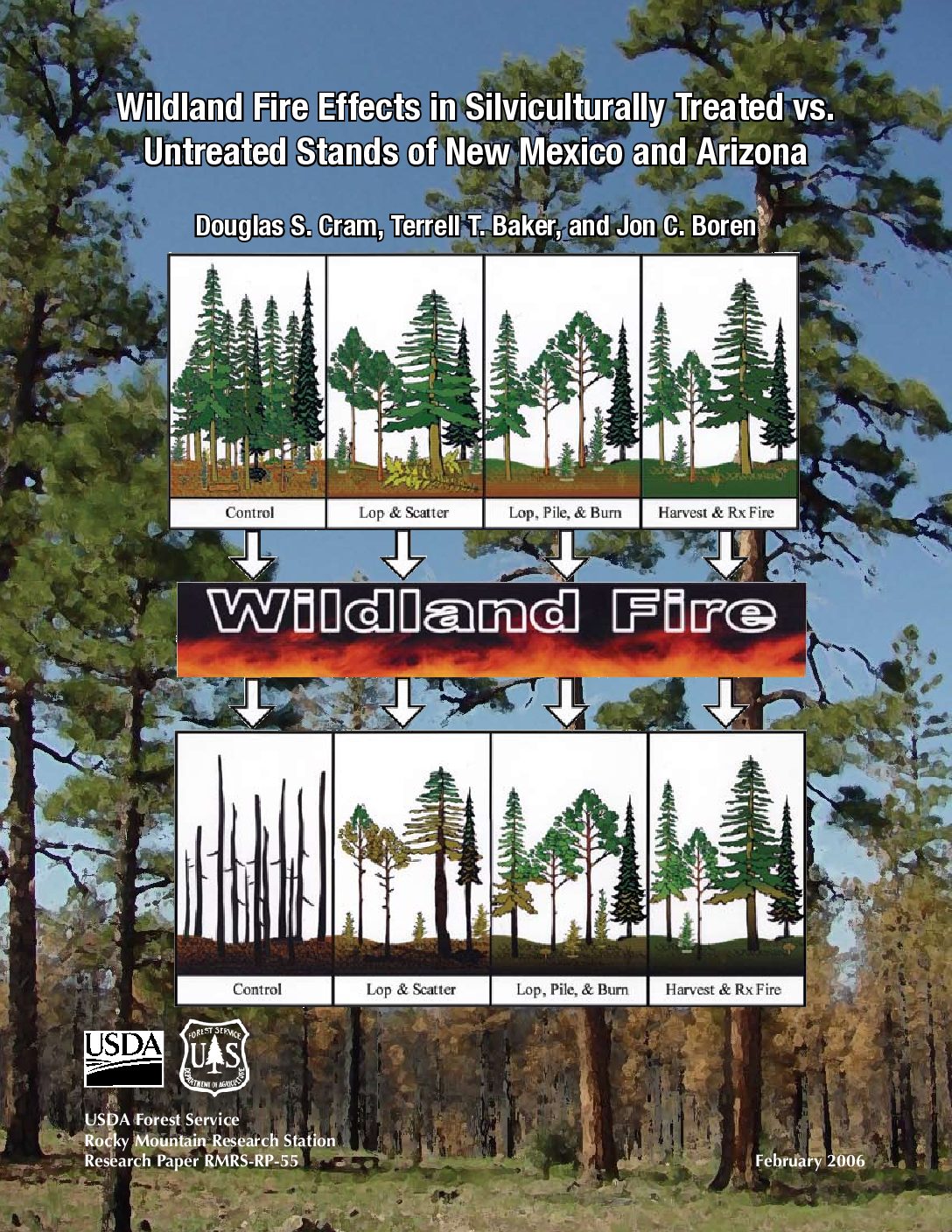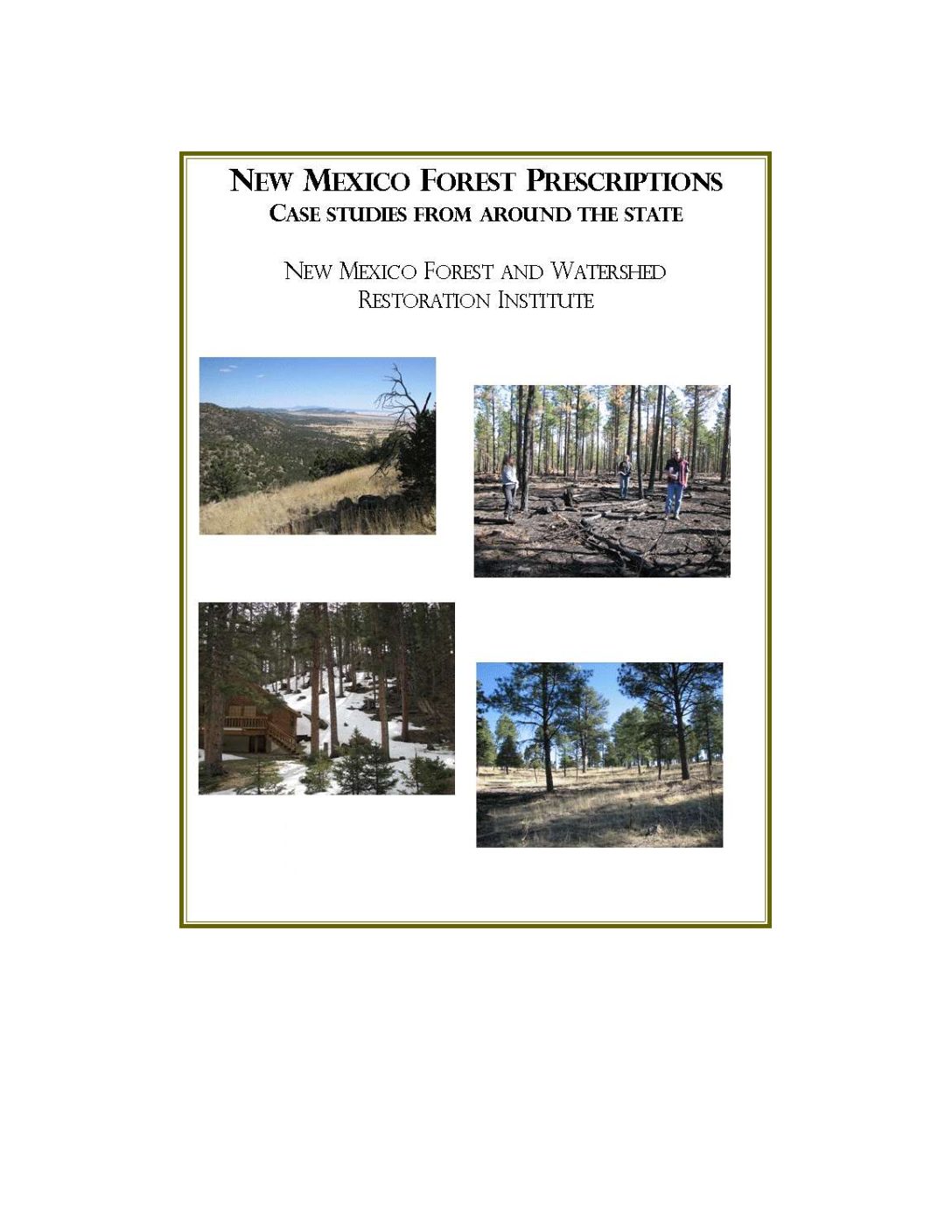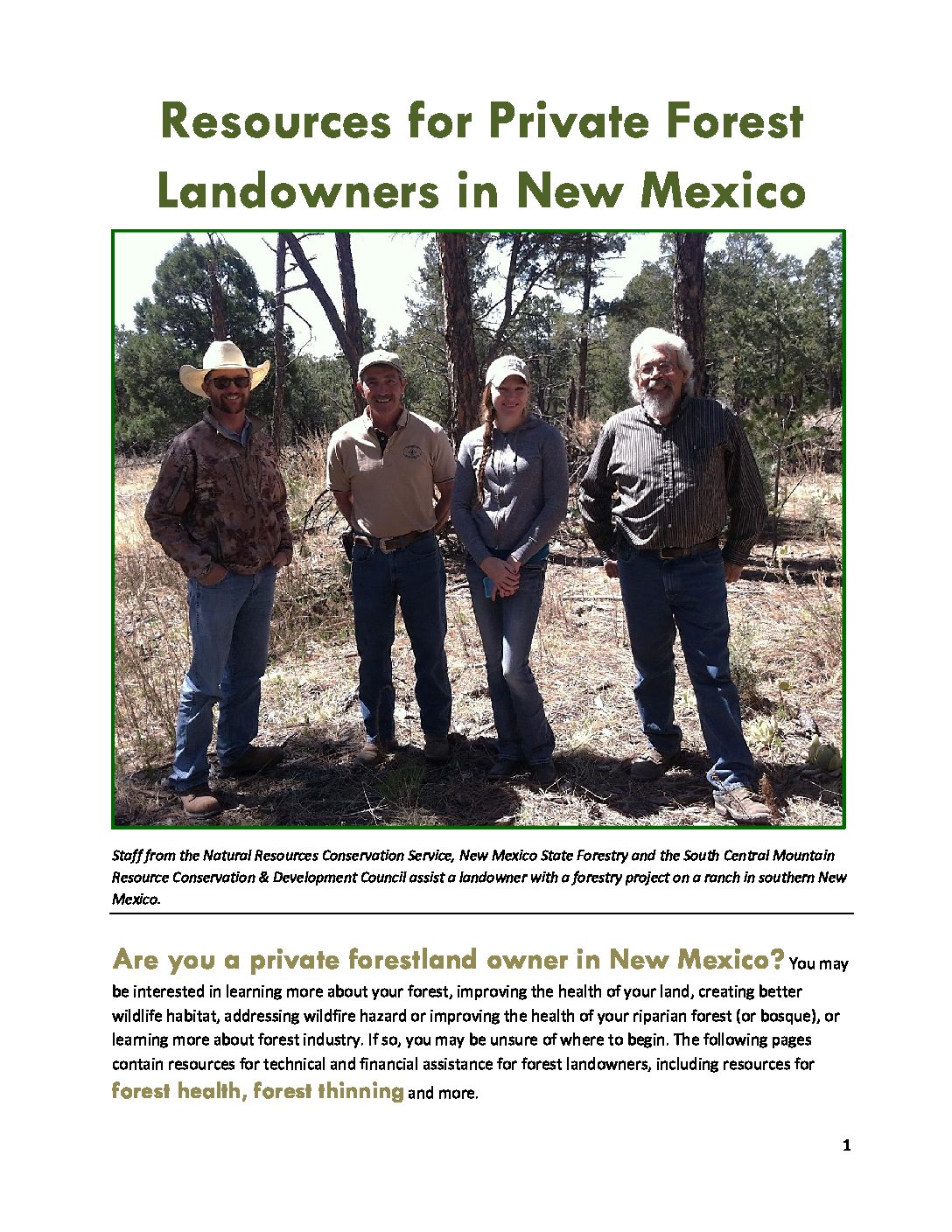PDF Documents
Links
A Guide to Staying Safe During Wildfires
This all-in-one guide delivers the essential strategies and tactics to keep you safe from wildfire — no matter where you live. Read more…
Western Oregon University CERT Resources
CERT is about readiness, people helping people, and rescuer safety. Read more…
Utah Department of Agriculture & Food Conservation Program
The Utah Department of Agriculture and Food works with farmers and ranchers through conservation planning and assistance designed to benefit the soil, water, air, plants, and animals that result in productive lands and healthy ecosystems. Read more…
Colorado State University Extension Fire Resources
The most up-to-date fire-related resources, from CSU Extension and our partnering agencies. Read more…
Drifting Prairies: Native Ecosystems-The Interaction of Fire and Grass
Understanding the biology and physiology of grass in management decisions. Read more…

